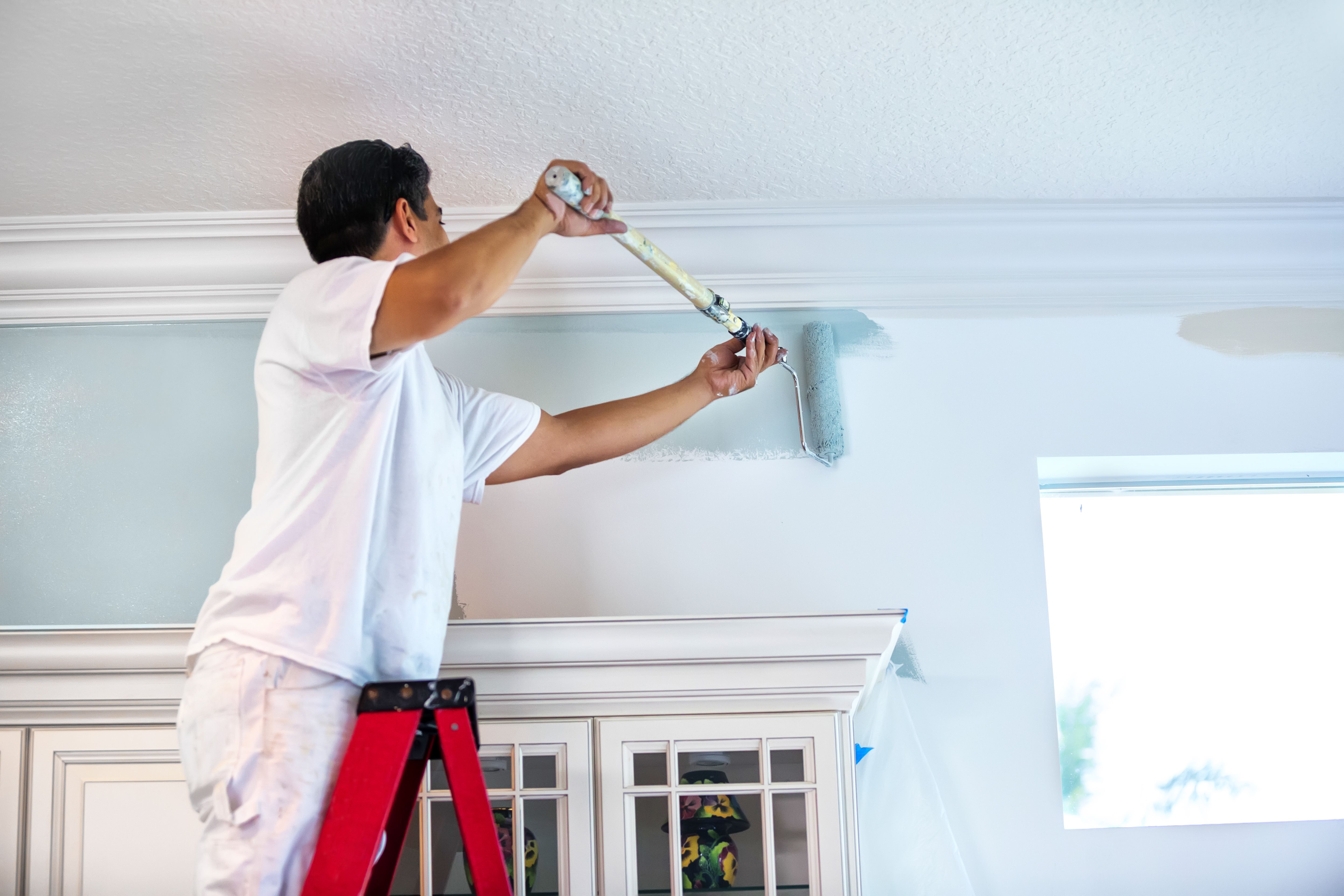Interior vs. Exterior Paint: Key Differences Explained
KM
Understanding the Purpose of Interior and Exterior Paint
When it comes to painting your home, choosing the right type of paint is crucial. The primary distinction between interior and exterior paint is their formulation, which is designed to withstand different environmental conditions. Interior paint is created to enhance the aesthetics and durability within a home, while exterior paint is formulated to resist weather elements and provide protection to the building's exterior.

Composition Differences
One of the key differences between interior and exterior paint lies in their composition. Interior paints are made to be low in volatile organic compounds (VOCs) to ensure safety and a pleasant indoor air quality. They are designed to be easy to clean and resistant to stains, making them ideal for high-traffic areas like kitchens and bathrooms. In contrast, exterior paints contain higher levels of VOCs and are formulated with additives that provide resistance to UV rays, moisture, and temperature fluctuations.
Durability and Finish
The durability and finish of paint also vary significantly. Interior paints typically offer a range of finishes from matte to glossy, allowing homeowners to choose based on personal preference and room usage. They are less likely to fade over time since they are not exposed to direct sunlight. On the other hand, exterior paints are engineered to withstand harsh weather conditions such as rain, snow, and extreme temperatures, ensuring longevity and protection against fading.

Application Techniques
The application process for interior and exterior paints can differ due to their unique properties. Interior painting often involves using rollers or brushes for a smooth finish and may require multiple coats for even coverage. It is essential to prepare the surfaces properly by cleaning, sanding, and priming to achieve the best results. Exterior painting, however, may involve additional steps such as power washing and scraping off old paint to ensure adherence.
Environmental Considerations
Environmental factors play a significant role in choosing between interior and exterior paint. Exterior paints need to be more robust due to exposure to elements such as wind, rain, and sunlight. They often include mildew-resistant properties to prevent mold growth. Conversely, interior paints focus on providing a safe environment with low fumes and easy maintenance, making them suitable for enclosed spaces.

Cost Implications
The cost of interior versus exterior paint can also vary. Generally, exterior paints tend to be more expensive due to their advanced formulations that provide superior protection against weather conditions. The investment in quality exterior paint, however, can save homeowners money in the long run by reducing the frequency of repainting. In contrast, interior paints are often more affordable and available in a wider range of colors and finishes.
Choosing the Right Paint for Your Needs
When selecting paint for your home, consider the specific needs of each area you plan to paint. For interior spaces, prioritize low VOCs, ease of cleaning, and aesthetic appeal. For exterior surfaces, choose a durable, weather-resistant option that can withstand environmental challenges. Consulting with a professional can help you make an informed decision based on your home's unique requirements.
In conclusion, understanding the key differences between interior and exterior paint can significantly impact the longevity and appearance of your home. By selecting the appropriate type of paint for each surface, you ensure not only an appealing look but also the protection and durability your home needs.
